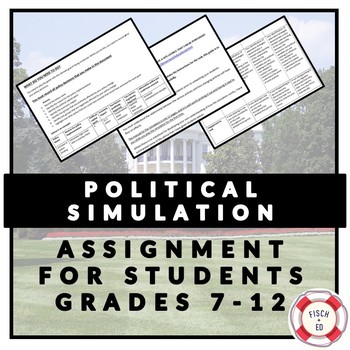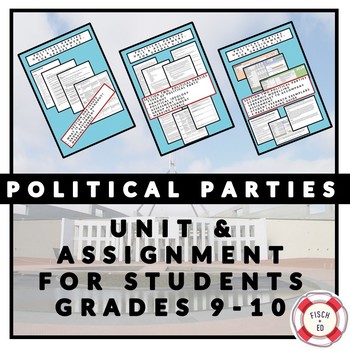Since first studying economics at university, it has always fascinated me. I initially struggled with the concept of self-interest, as I believed it contrary to the how people actually behaved. However, the more I considered the concept, the more I came to believe the concept to apply to the real world. As an idea that intrigued me, I had always thought to introduce the subject with a discussion on self-interest. However, what fascinates me and what fascinates students is often quite different and when I have tried this approach, it has been less successful than I had hoped. When developing a new middle school subject at my school, I hit upon the idea of using real estate instead. Real estate is relatively easy to understand, for almost everyone in the western world lives in a house or apartment. As a ‘good’ it is easy to understand why it is valuable, and factors that can impact upon its value. With this in mind, I developed a resource that enab...
A TEACHING BLOG FOCUSED ON SOCIAL SCIENCE, ECONOMICS & PERSONAL FINANCE EDUCATION
FISCH + ED TEACHERS PAY TEACHERS STORE


Comments
Post a Comment